
The Spring Break art show is a barometer of New York’s grassroots art scene and the creativity bubbling below the surface of the overall commercial art world. This year’s theme, HEARSAY:HERESY, pokes at the recent concern over truth, fact, and conspiracies. The topic pushed a whole series of participants to explore various medieval-inspired themes, which was hinted at in the fair’s original call for submissions. The mood overall seems to capture the fragmented nature of reality nowadays and the dark ominous undertones that it all suggests.
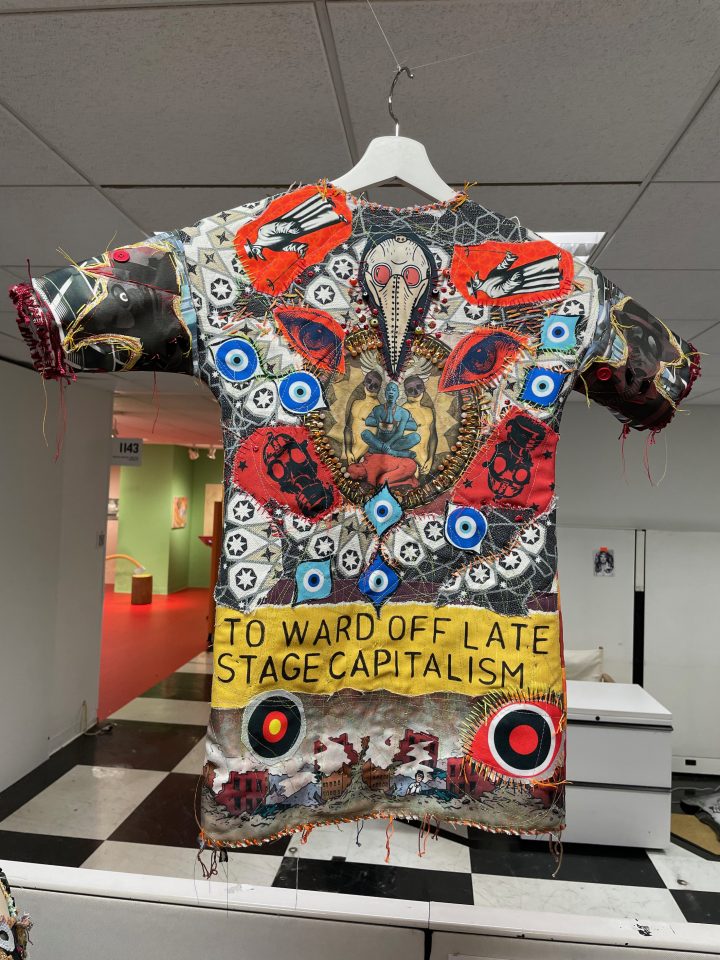
Some use design and architecture to frame their presentations — one booth curated by David Behringer, and featuring art by Chambliss Globbi, has a real 15th-century table at the center, while Cade Tompkins Projects, featuring artists Bob Dilworth and Nafis M. While, even recreates an arcade of pointed arches that evokes stripped Tuscan churches. Others fully embrace embroidery, tapestries, and other woven works, including Steve Locke’s Jacquard works at Rivalry, Anne Spalter’s AI-generated plague tapestries, Michael Sylvan Robinson’s “To Ward Off Late Stage Capitalism” sculptural garment, and Macauley Norman’s spider-like works at The Castle of the Spider’s Web — and these are only a sampling of the dozens of works in this vein. A few even use decorative bread, combining the romance of medieval bread making with a more recent pandemic one (Bianca Abdi-Boragi’s excellent chair and table made of bread is a showstopper at the Spelling Afterlife presentation by curator Taylor Hansen Hughes, and Adriana Gallo’s bread sculptures at Blessed Bodies, curated by Abby Cheney and Hanna Washburn, are a delight).
I kept asking artists and curators why they thought there was a great deal of fabric and woven works. Macauley Norman had the most convincing explanation as he talked about spiders, which he uses extensively in his current body of work presented by Deep Space Gallery, and how the arachnid fixes its web when it is damaged (echoing the feelings of pain and stress we have all felt in the last year and a half) and how the repetitive nature of such work can be meditative.
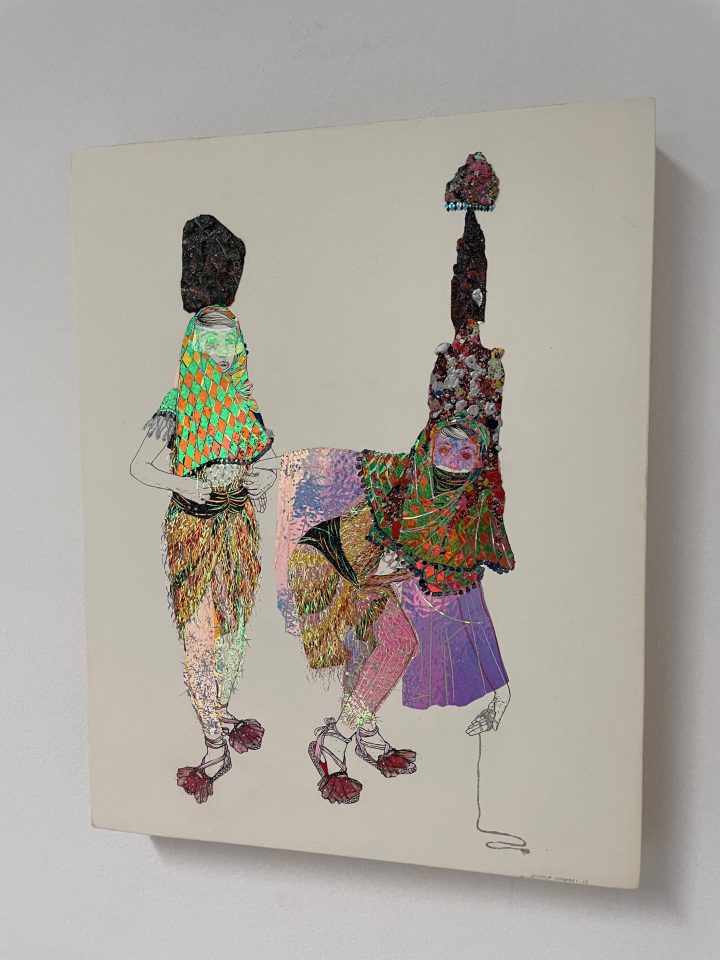
In the last few decades, woven and knitted works are becoming part of the growing mainstream vocabulary of contemporary art that continues to reexamine hierarchies of art and authorship. Historically, woven works were not seen as authored, unlike paintings, sculptures, even metal work, perhaps in part because they were often made by women. Rugs are a good example of these types of objects whose authors were not recorded, and here rug-like works appear prominently in Chiara No’s impressive Unbellowed installation at Field Projects, curated by Kris Racaniello, and in presentations by Emily Oliviera, who exhibits hook rugs in Spantzo Gallery’s Mimzie and a larger quilt-like work in Chris Bors & Fred Fleisher’s Nothing Shocking. Is this reconsideration of authorship one of the things to makes textiles so alluring to artists today?
I can imagine working with textiles and other soft materials were also attractive to those of us who spent much of the pandemic in cramped spaces, since they are odorless, don’t often involve toxic materials (unless you’re dyeing them), and are easy to store, a constant issue for artists through the ages. While the motivations to make this type of work are certainly diverse, I can also imagine that being robbed of hugs and physical contact during the pandemic also drove the desire for such tactile works, as if to overcompensate for the continuing prohibition to touch those around you.
There is a wide range of painting on display, including Kyle Hittmeier‘s funny and strangely alluring works about freeports that use images of post-it notes and the Cayman Islands,
Daniel Morowitz’s vibrant drawings and bold use of color in what appears to be mythology inspired images, and Bruno Leydet’s beautifully queer canvases that feel quite intimate and quirky. And since it is 2021, M. Charlene Stevens’s Chapel exhibition includes a few NFTs for sale, though it’s worth noting that the whole digitally inspired show is beautifully coherent.Overall, it feels like one of the strongest years for Spring Break, and a celebration of the community they’ve gathered under one roof and nurtured for roughly a decade.




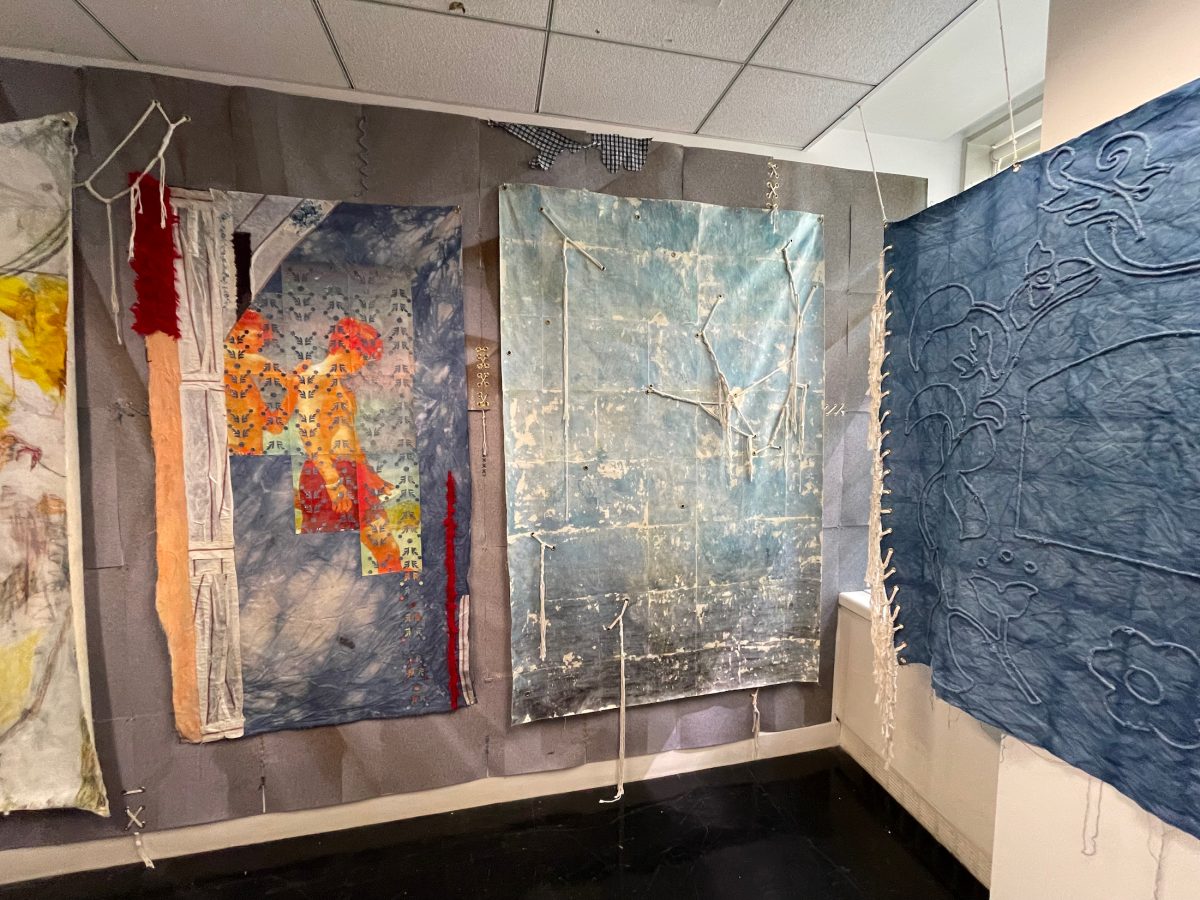

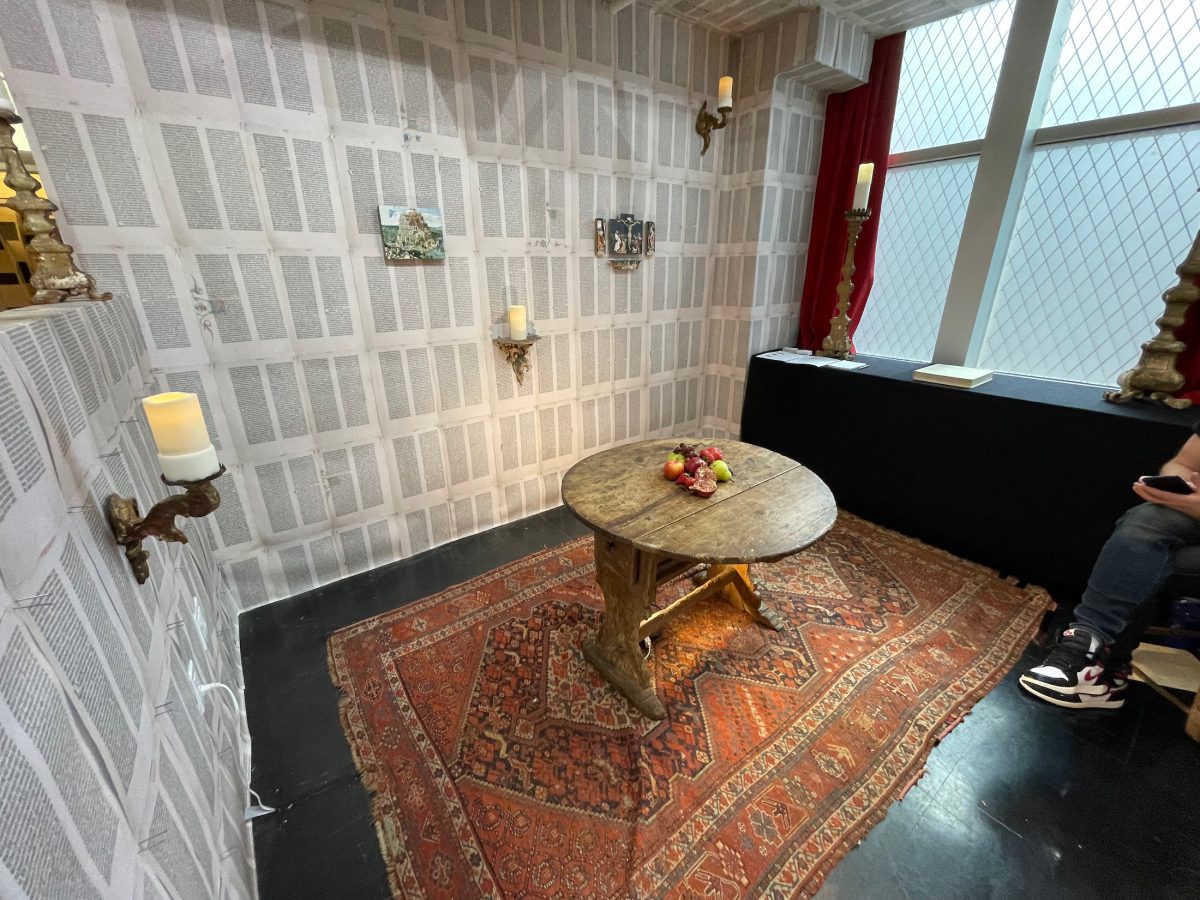





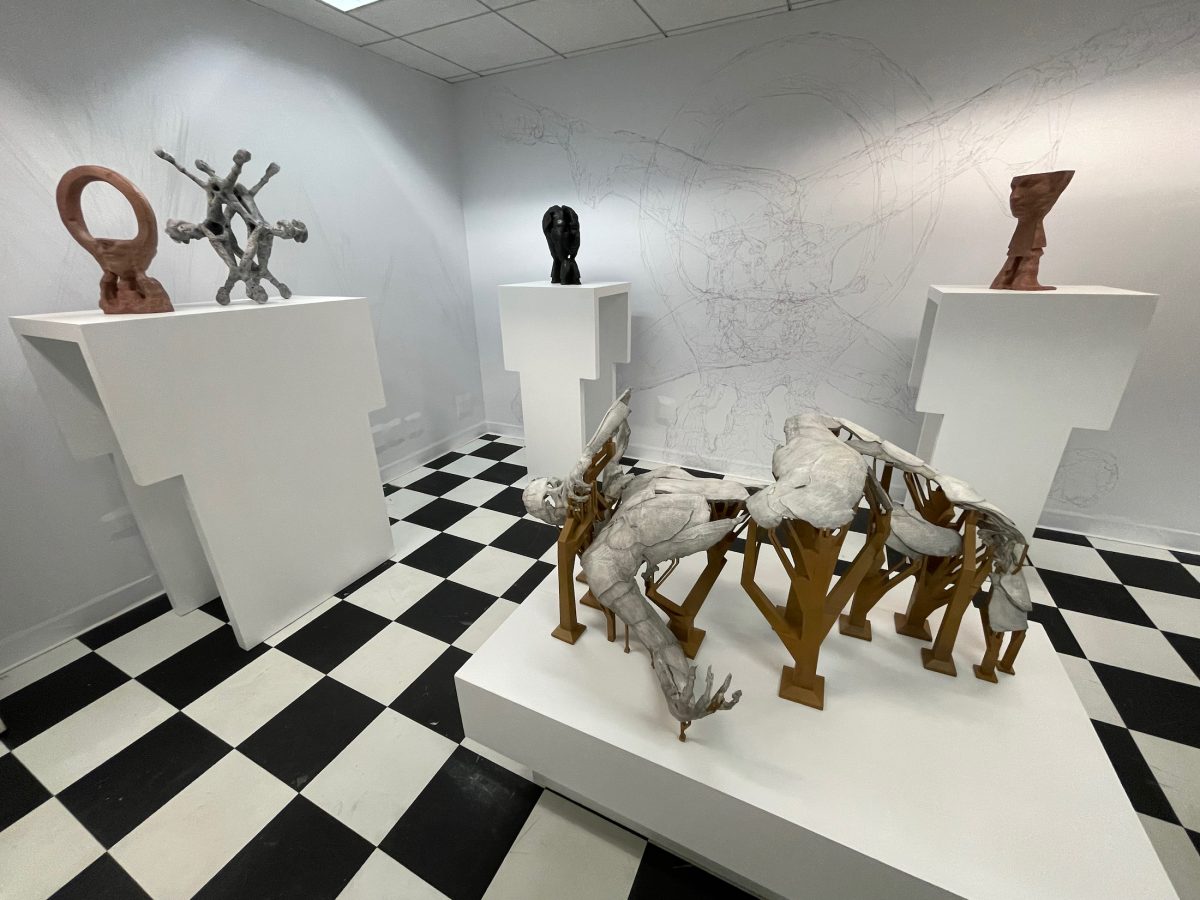
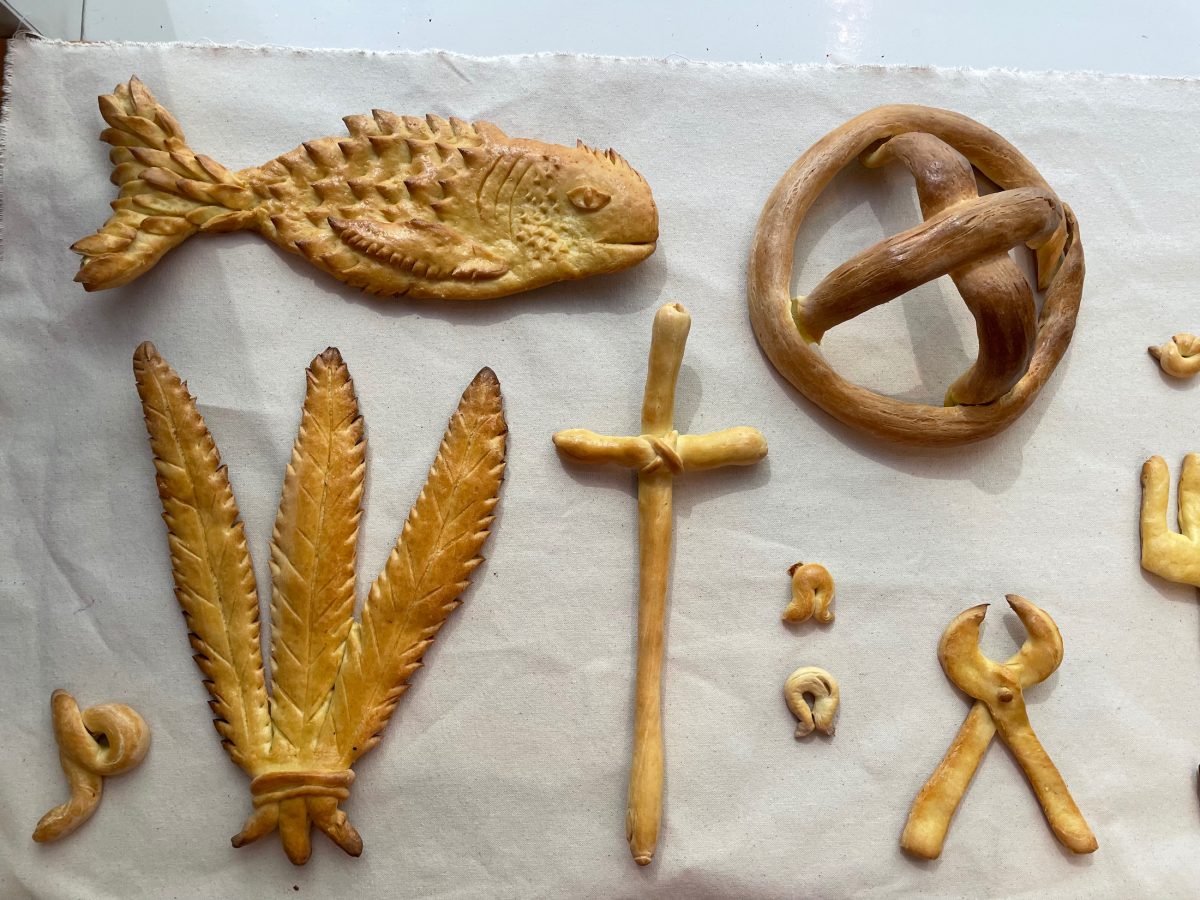
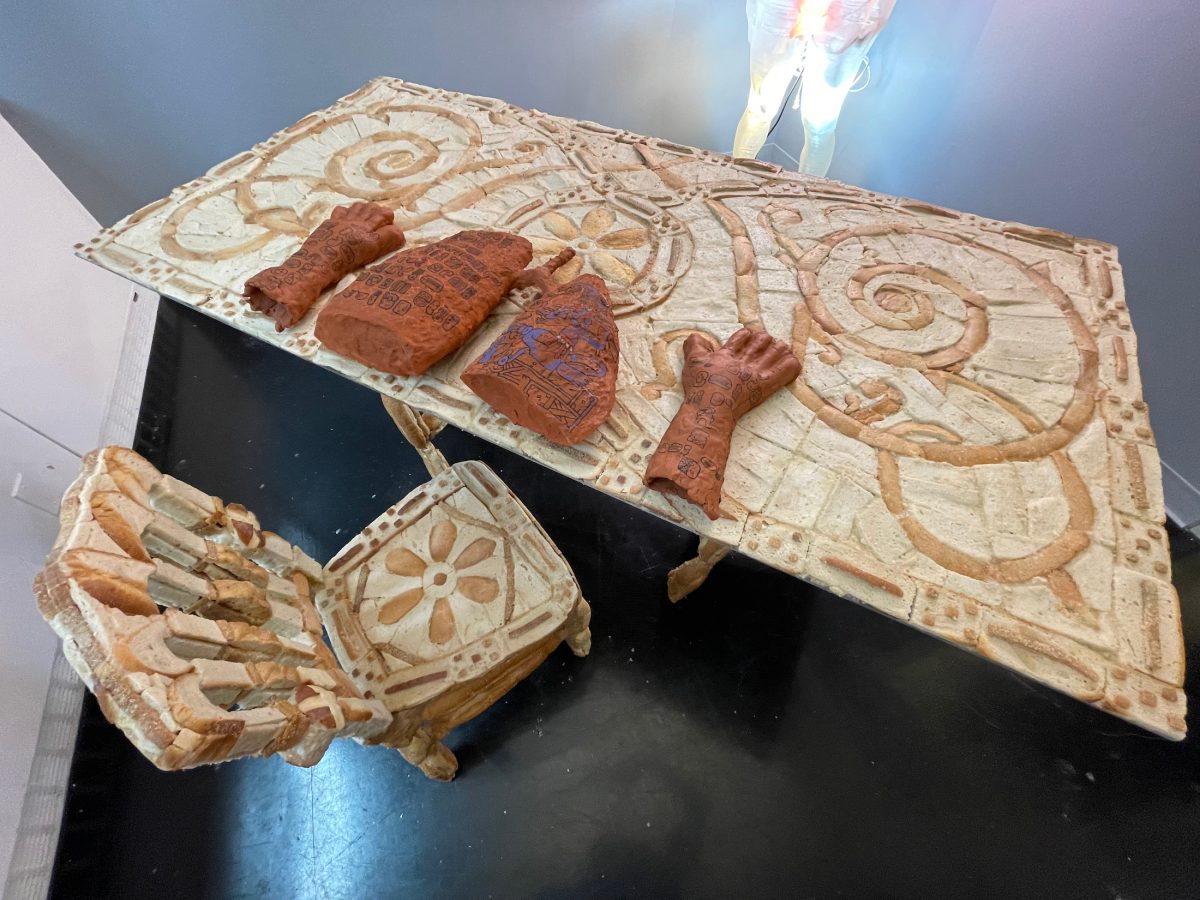








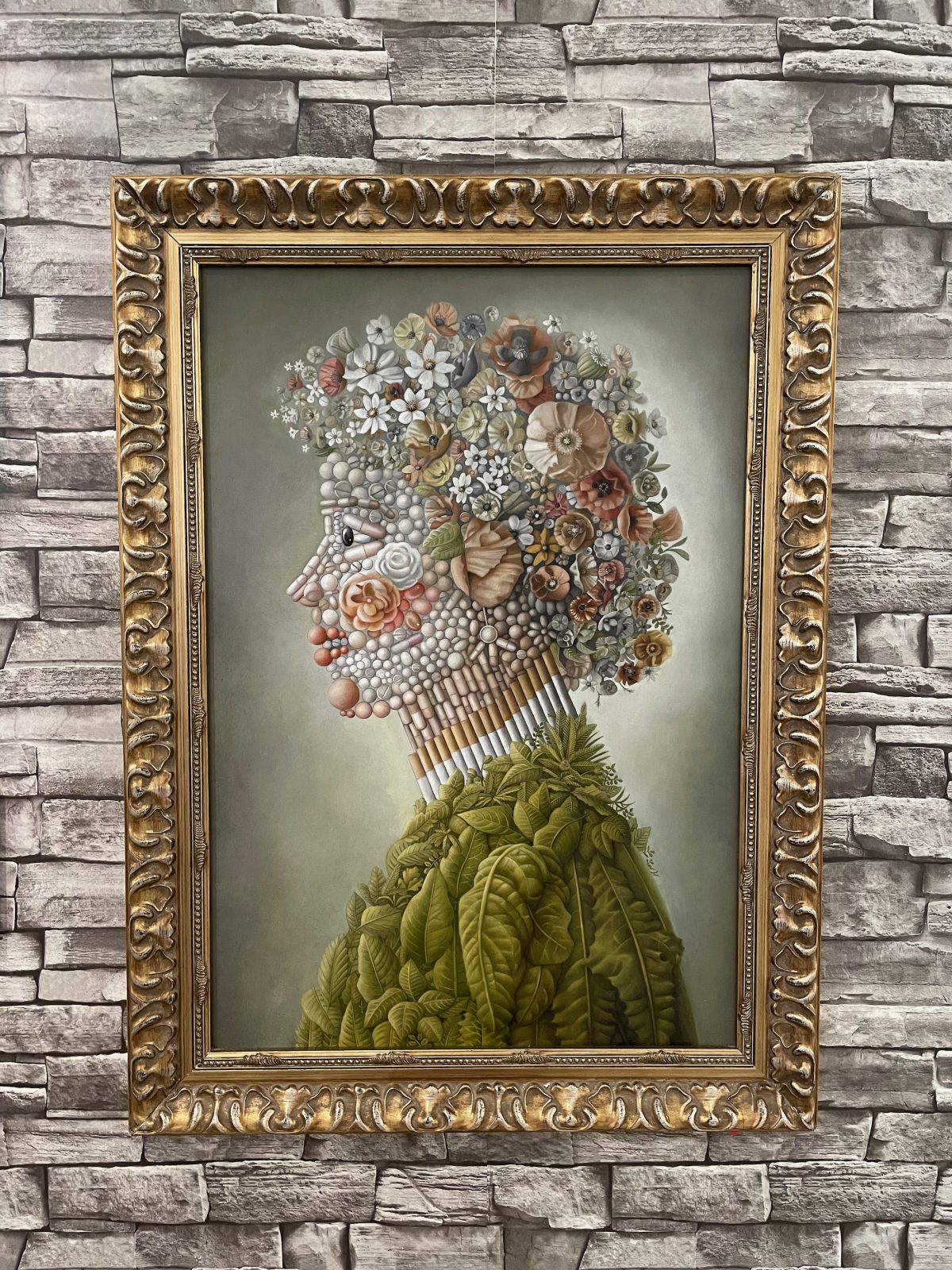

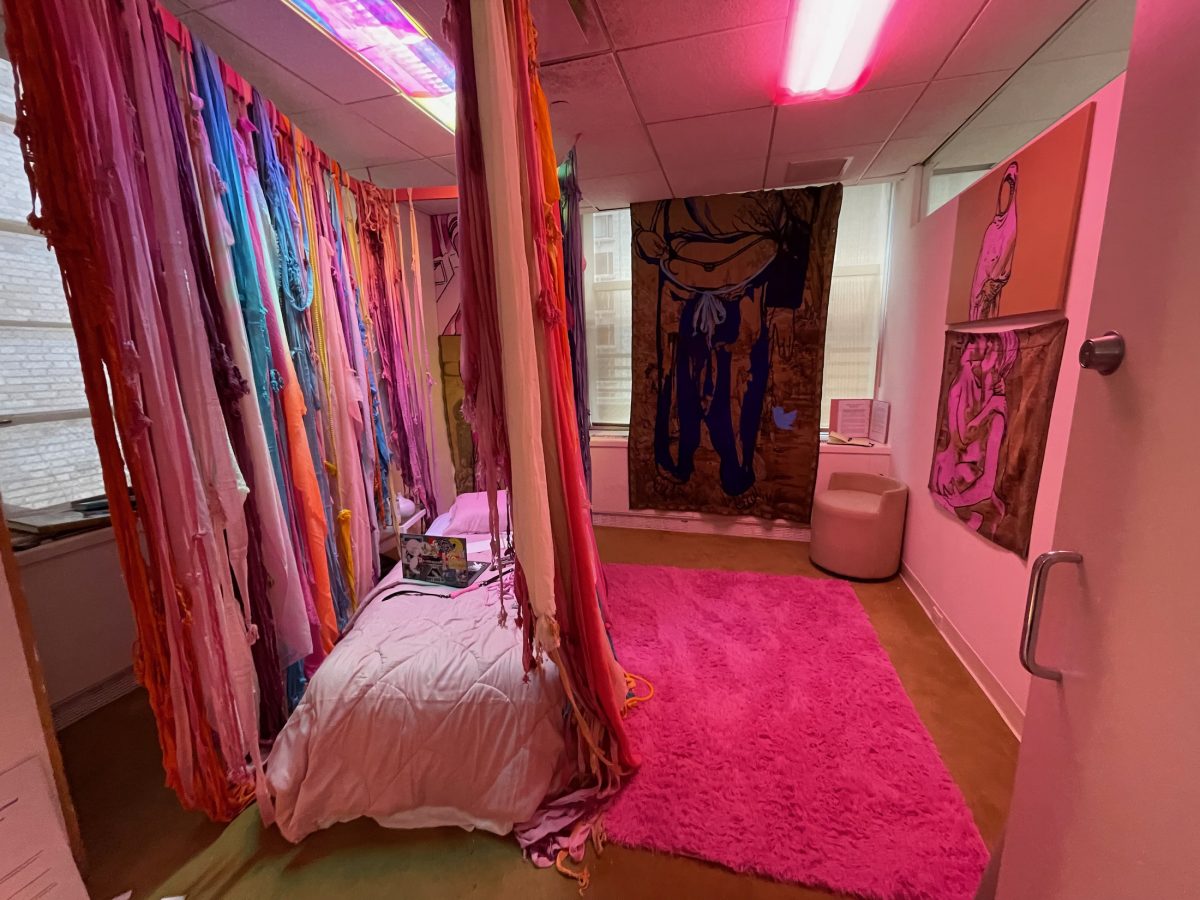

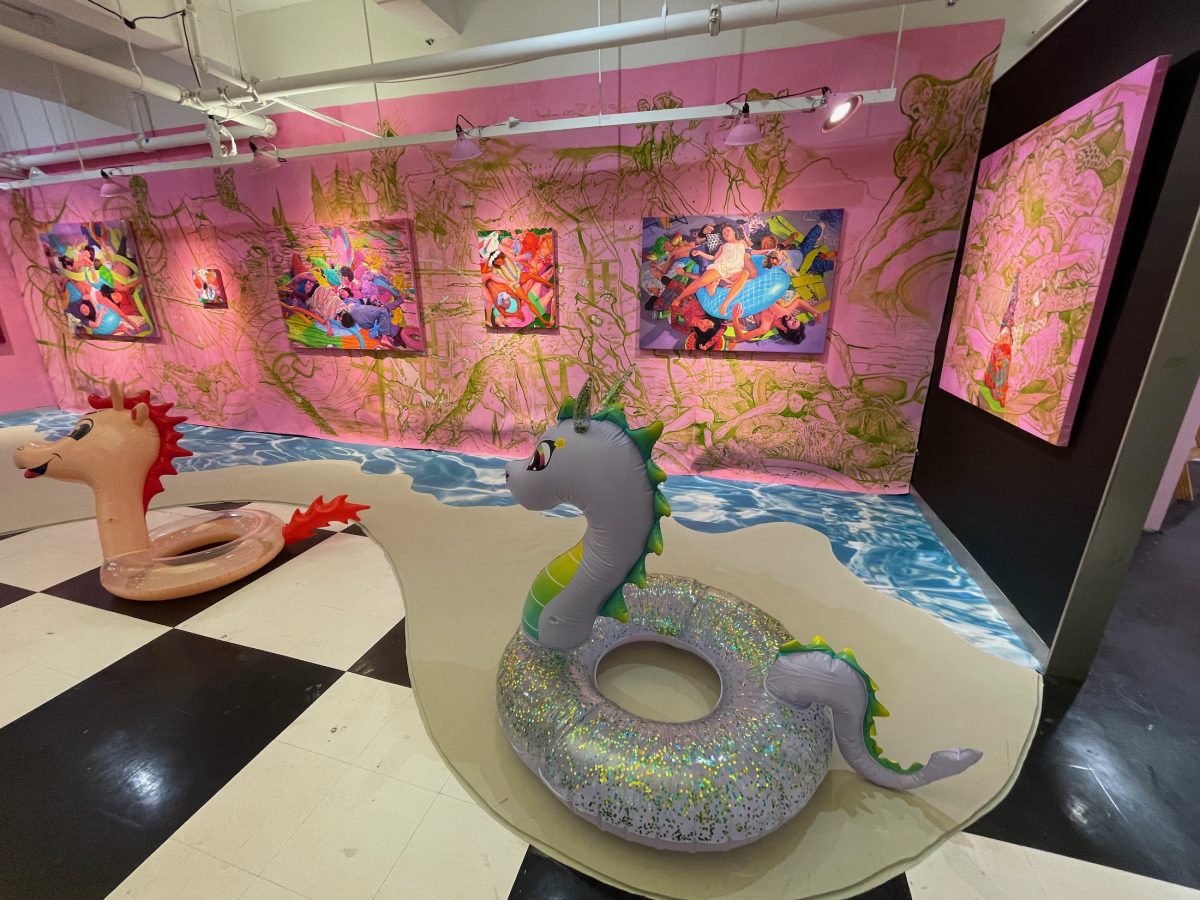

The 2021 Spring Break art show continue at 625 Madison Avenue (Midtown, Manhattan) until September 13, 2021.
0 Commentaires